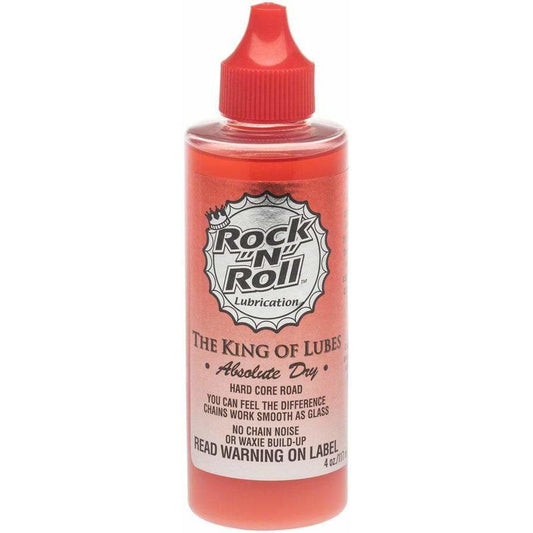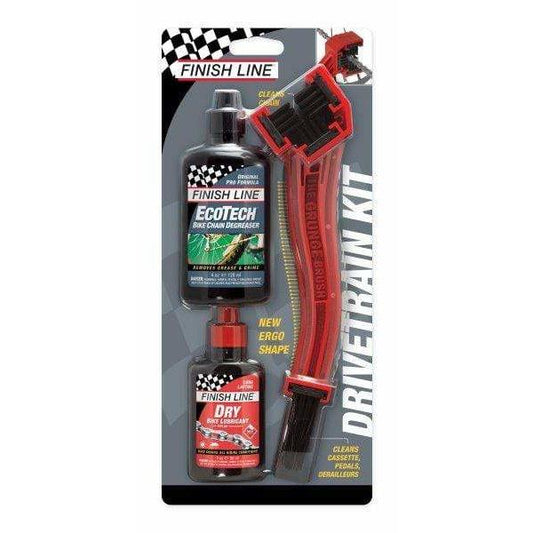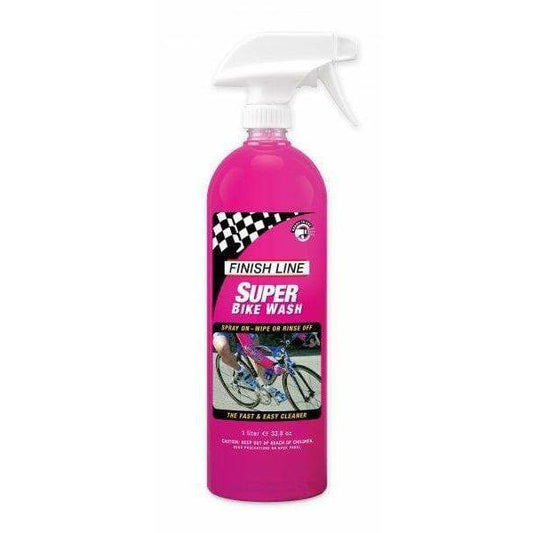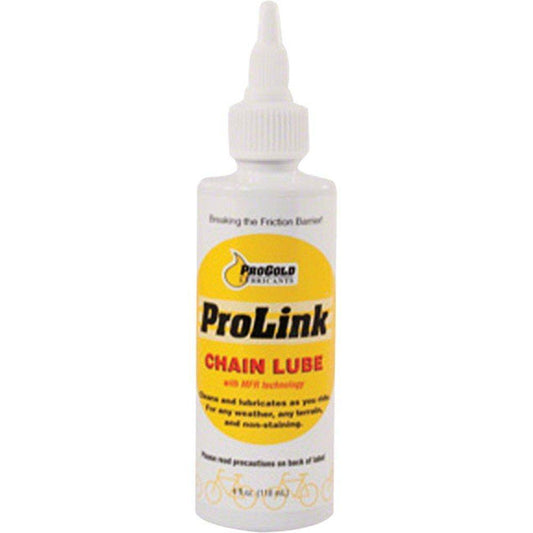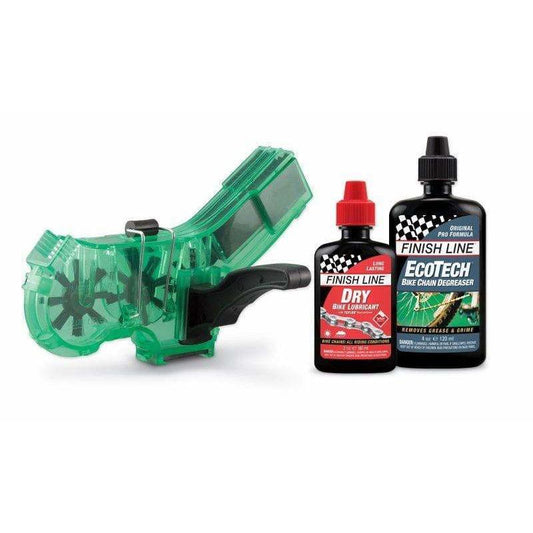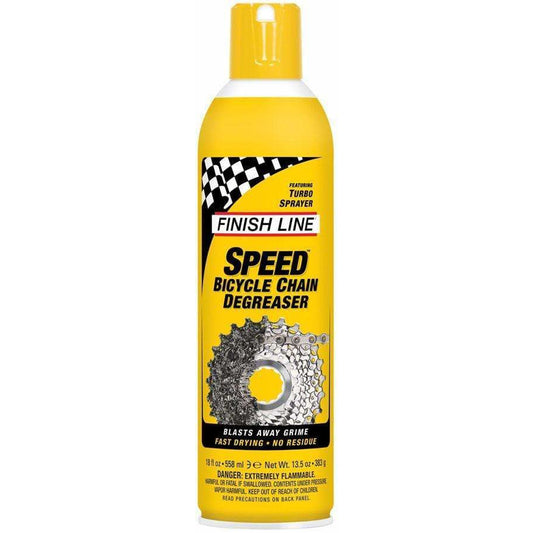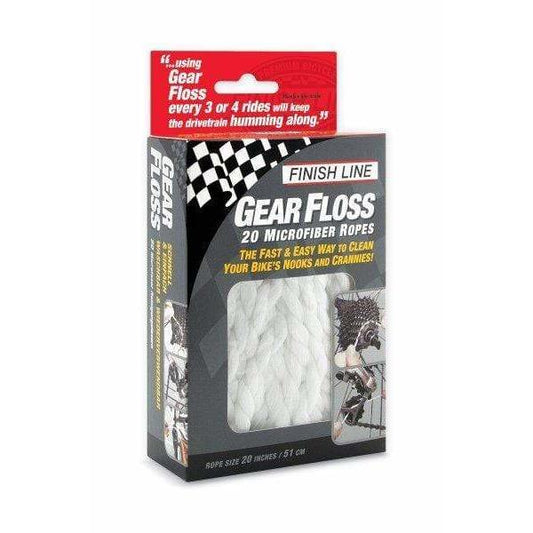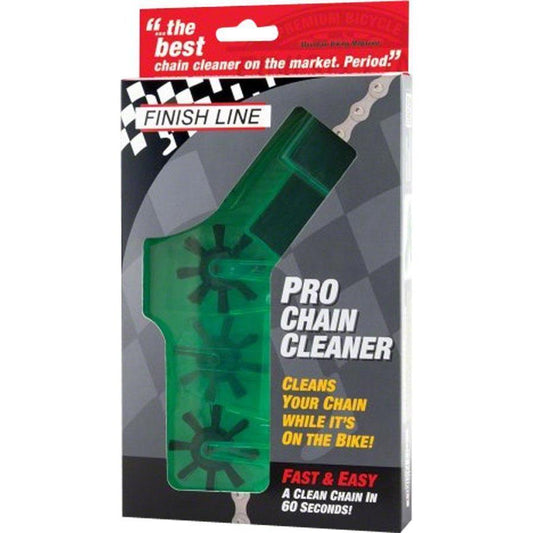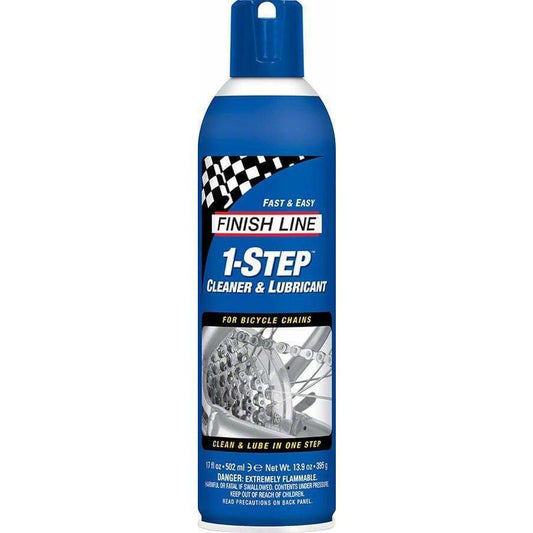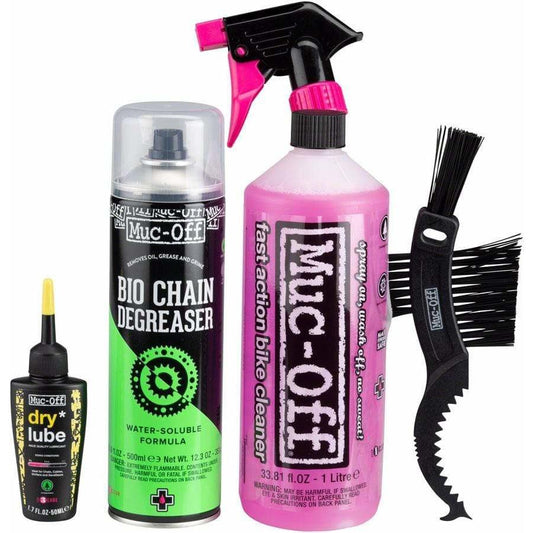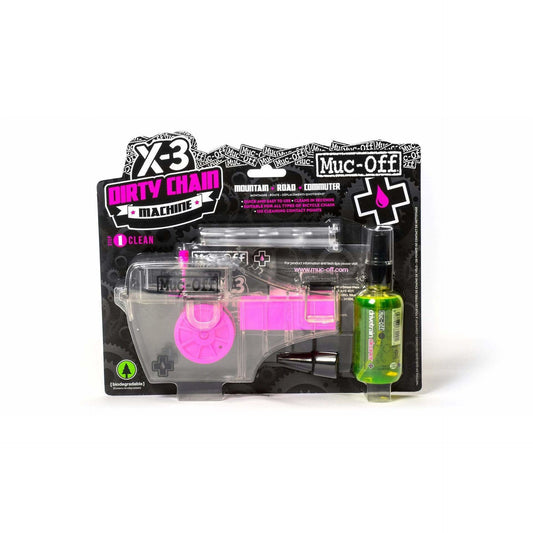Of all the parts that make up a bicycle, the drive chain is among those that receive the most wear. The chain is almost always in motion and under constant tension, bearing against other parts in the drive train. The chain is also open and exposed to any elements that can damage it, including water and dirt. Proper lubrication of your bicycle chain will help it to operate properly and also protect the rest of the drive train, including the derailleurs, crank set and rear wheel gear assembly, from additional wear.

Optimal Performance
If you are a frequent rider, using your bike several times throughout the week, your bicycle will benefit from a regular cleaning and lubrication of the drive chain. Bicycle Tutor recommends cleaning and lubricating your bike's drive chain at least once every month to maintain optimal performance and protection.
The chain and drivetrain are typically the dirtiest parts of your bike, and this dirt is bad news for bike longevity and performance. Specifically:
- Increased rate of chain wear.
- Reduced flexibility of chain links.
- Added wear on derailleur assemblies and drivetrain cogs.
- Impaired shifting performance.
What To Use
Using the proper lubricant will ensure the chain works correctly and can help to extend the life of the chain. Household spray lubricants are too thin and can actually dry out bicycle chains. Vegetable-based oils are a poor choice as these become gummy. Motor oils are too thick and do not penetrate the chain thoroughly. A mineral-based lubricating oil, specifically designed for bicycle parts is the best choice.
A Word on Lubricants
There are 2 key properties to any chain lubricant. They must:
- Minimize the accumulation of dirt, because dirt accelerates wear.
- Be durable, because lack of lubricant also increases chain wear.
Durability is the lesser issue as you can and should lube your chain often. Oils that are specifically marketed as bicycle-chain lubricants are superior to non-bicycle-specific products. They generally contain Teflon and are designed to repel dirt and water.
Note: Always use a cleaner and lubricant designed for bike drivetrains. We do not recommend using WD-40 on your bike (it is a cleaner but not a lubricant.
Problems to Watch for When Cleaning and Lubing your Chain
Tight Links
These are links that no longer bend smoothly. To spot them, pedal your chain slowly backwards and watch as each link passes through the tight turns of your rear derailleur.
Most are caused by dirt or corrosion between link plates; these can be fixed by cleaning, lubricating and a little flexing back and forth. Others are the result of improper pin installation (the pin that holds the chain links together is not fully inserted through the links and rollers) or serious chain damage. Poorly installed link pins can sometimes be worked back into position by shifting them back and forth inside their chain plates by using either a chain tool or your hands. Damaged chains should be completely replaced.
Chain Stretch
As chains wear, they become longer. This is called stretch, which is a misnomer because nothing actually stretches. Chains lengthen as wear occurs between the rollers and the link pins. This creates slop or free play that leads to gear "skipping" in some cases. It also causes extra wear and tear on your chain rings and rear cog teeth.
It's much cheaper to replace a chain than it is a cog set. To check for chain wear, bring your bike to any Bicycle Warehouse location or your local bike store.





